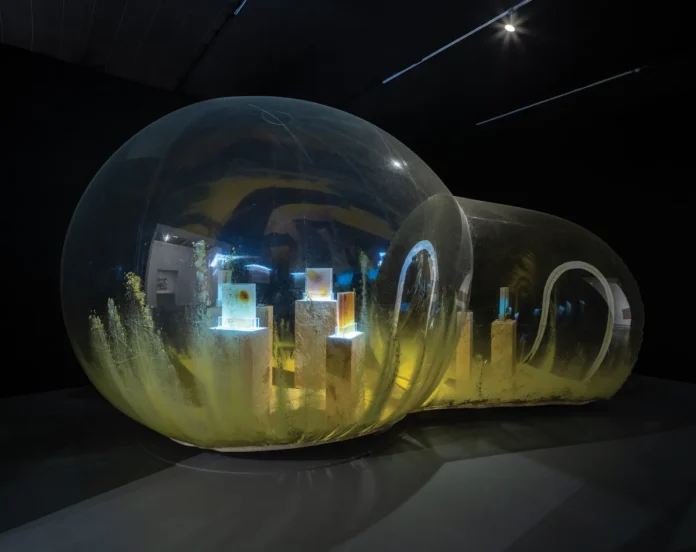During the past year, a number of collectors died after a lifetime of buying art and, in the process, altering art history. From Chicago to Bangkok, these collectors showed that their practices could be serious endeavors with long-lasting impact on the communities and institutions they supported. To hear about the impact of five collectors, ARTnews enlisted museum directors, curators, and artists to speak about their time with figures like Aaron Levine, Chara Schreyer, and more. remipoker
Donna De Salvo on Emily Fisher Landau

Photo : Photo Jamie McCarthy/WireImage
In 2010, the Whitney Museum in New York received a historic gift of 367 works from collector and longtime trustee Emily Fisher Landau, who died this past March at 102. The following year Whitney curator Donna De Salvo organized an exhibition related to the gift. De Salvo, now a senior adjunct curator of special projects at the Dia Art Foundation, remembers the major patron.
She was very clear that she collected what she was struck by, so she didn’t speak about things in terms of art history. Early on, she collected Pablo Picasso, Fernand Léger, Josef Albers, and other modernist figures—they were already legends at that point. But we never talked about it in terms of -isms. remipoker
She really wanted to know the artists. She was very attracted to Jasper Johns—he was a major figure in her collection—as well as Richard Artschwager and Peter Hujar. People talk about how brilliant these artists are, but she really sought them out. What really struck me in working on the gift and the show were the artists whose works were tough: Robert Mapplethorpe, Felix Gonzalez-Torres, David Wojnarowicz. Relevance within the culture was something that mattered to her. When she opened the Fisher Landau Center for Art [in Long Island City], she wanted to share the work with the public too.
She certainly was not a trophy collector, in any way, shape, or form. And she was a great believer in museum collections, which, of course, is always music to any curator’s ear. With Johns, there was an entire set of screen prints that came to the Whitney from 1968 to 1982. That was incredible, to be able to have that body of work. There was also a “Catenary” painting. There were many other things that came to the Whitney that we didn’t have, too, like an Ed Ruscha mountain painting. She always thought of the Whitney as a home for the work, and it was a transformative gift without a doubt.
She was an incredibly classy lady—just beautiful, very elegant, and always so polite. She represented a certain time in New York. When you saw her, there was not a hair out of place. She was beautifully dressed. One might think, “Oh, she’s very classy,” but you know, she was a bit of a maverick. And the other thing that really impressed me about her was her incredible love of life. She had a lot of tragedy, with the death of her sons, yet she still embraced life. If you’ve had loss in your life, it’s very hard to continue, and she had such a significant one. I think art, for her, was a reaffirmation of being alive and living. remipoker

